I love the Heart meridian! In clinical practice, I use HT 5, HT 6 and HT 7 acupuncture points quite often in my daily protocols.
In this new series on acupuncture points I cover the locations & functions of each channel.
My aim is to make each point easy to locate, as well as differentiating all acupuncture points functions. I also look at Channel pathways and how relevant they are in practice.
Let me know what you think and keep rocking it with acupuncture! 😍
Clara
TCM Geek
PS: If you want more, check out my All about the TCM Heart post. Also, if you enjoy my graphics and haven’t invested in my AcuPoints Made Easy Book (PDF or Hard Copy) yet, get your copy here! 🙏
The Heart Meridian and its 9 acupuncture points
The HEART Channel of Hand Shao Yin has 9 acupuncture points (bilaterally). This meridian is used mostly for cardiovascular disorders, chest pain and mental disorders, and disorders along the channel pathway.
The heart meridian is associated with the organ system of the heart and plays a role in maintaining physical, emotional, and mental well-being.
According to acupuncture theory, the heart meridian begins at the chest area, travels down the ulnar aspect of the arm, where it ends at the tip of the little finger . Along its pathway, it passes through 9 acupuncture points that are effective in treating a variety of conditions.
A branch also passes through the throat for better expression of self. It then goes to the eyes where it connects with the Shen.
In addition to its physical functions, the heart meridian is also associated with the emotion of joy and is involved in the regulation of mood and emotional well-being. It is important for maintaining a sense of balance and harmony within the body.
The heart meridian is active during the day and is most strongly influenced by the element of Fire. It is in balance when a person is feeling happy and content, but can become imbalanced when a person is experiencing feelings of sadness or depression, anger and other long standing emotions.
The most common Heart acupuncture points
- Heart 3 (HT3): it is used in treating chest pain, heart palpitations, and high blood pressure. It is also helpful for improving circulation and reducing swelling.
- Heart 5 (HT5): this acupuncture point is effective in treating heart palpitations, chest pain, and anxiety. It is also helpful for regulating blood pressure and improving digestion.
- Heart 7 (HT7): this point is known as the “Spirit Door” and is effective in treating heart palpitations, chest pain, and anxiety. It is also very helpful for calming the mind and insomnia.
- Heart 8 (HT8): this acupuncture point is effective in treating heart palpitations, chest pain, and anxiety, especially when there is Heart Fire. It is also used for hot palms and indigestion.
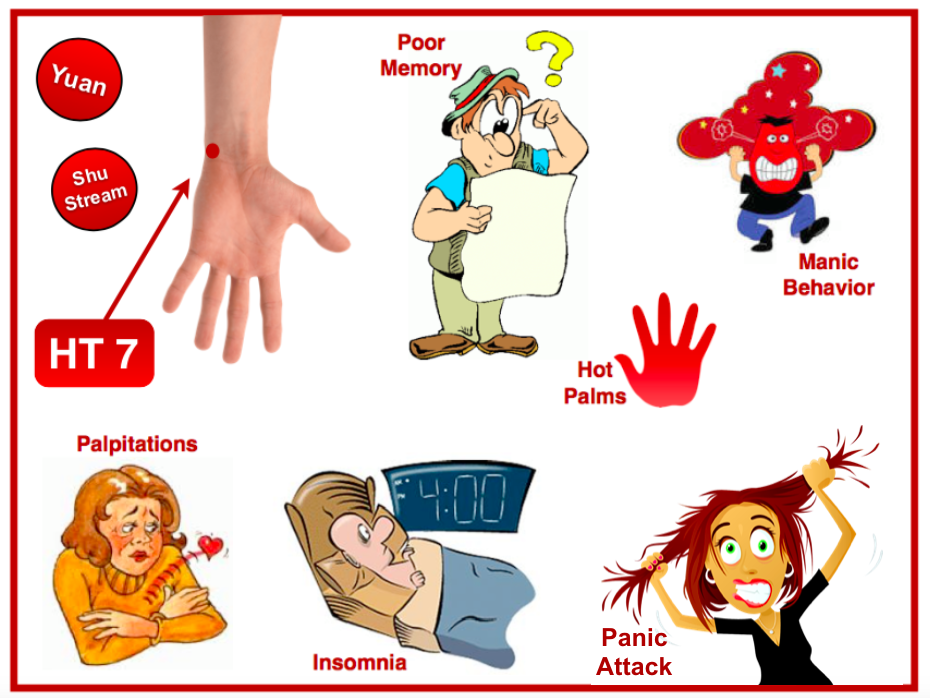
If you enjoy my graphics and haven’t invested in my AcuPoints Made Easy Book (PDF or Hard Copy) yet, get your copy here!
Connect with me on social media at AcuPro Academy on: Facebook,Instagram, YouTube, TikTok, Pinterest and Twitter!
💕 And if you’d like more content, please continue to support my creations by subscribing, connecting, liking, sharing and commenting on my posts! That’s how I know you enjoy them! Much appreciated 🙏
Video Transcript of the Heart points
Do you feel like there’s so many acupuncture points with similar functions? Today I am going to look at the heart channel and its nine acupuncture points. I will differentiate them to make it easier for you to grasp and learn.
I like to make it simple so we want to start with the meridian pathway and explaining the heart meridian first of all it is a hand channel or a hand meridian.
The hand Shao Yin meridian because anything that starts or finishes at the hand is a hand meridian. Shao Yin is a yin meridian, Shao means lesser or smaller. The two Shao Yin meridians are: the hand of the heart and the foot of the kidney.
They both have the least amount of Qi and the least amount of blood.
What does this mean in clinical practice?
It means that if there are any heart or TCM kidney issues, it takes a lot more treatments to get to the core of the problem. Especially because the TCM Heart is related to the mind.
Because they have the least amount of qi and blood, it doesn’t mean they don’t work! It just means we have to be more consistent and explain to patients that it take a little bit more time to see results.
So the shao yin hand meridian is activated between 11 am and 1 pm. Lunch time, midday, because the heart is the fire organ is the one that is at the height of summer, and noon and the highest, hottest time of the day in summer with the sun being at the highest.
At around lunchtime this is when we want to protect the heart. When patients tell me they eat really fast at their desk, and they don’t have time to go for lunch, and they overwork, their heart is being affected! Often they have a lot of anxiety and they can’t sleep because they’re not taking the time to sit down, chew their food, and be calm at lunch time.
The Heart Meridian Pathway
The pathway of the heart channel, if you remember the previous channel which flows into the heart is the spleen, and the spleen ends up in the heart. The heart channel actually starts in the heart organ that’s pretty rare for most meridians so it starts in the heart organ.
From the heart organ, the heart channel travels down to connect with the small intestine, which is a yin yang related meridian. It also has an internal branch that goes up through the throat and ends at the eyes. Because the eyes are considered the “window to the soul” in TCM. And the Shen (Spirit) is reflected into the eyes.
Additionally, there is a branch from the heart organ that goes through the lungs and emerges at Heart 1, which is located under the armpit.
This marks the start of the external branch, which consists of the points that are visible on the surface of the body. These points include heart 1 through 9, which are located along the medial aspect of the arm, elbow, wrist, palm, and tip of the 5th finger.
It’s worth noting that the heart channel connects with the small intestine at the tip of the 5th finger, where SI 1 is also located.
The Heart acupuncture points functions, location and clinical pearls.
This acupuncture point, HT 1 is located in the centre of the armpit, also known as the anterior axilla. It promotes circulation for cardiac or chest pain. It’s also good for local swelling or pain in the ribs or arm. However, it can be difficult to needle due to its location. So it is typically best to have the patient lying supine with the arm above the head on a pillow.
I don’t use this point often: HT 2 is located on the medial edge of the bicep. It helps with chest and cardiovascular issues, as well as for stress and headaches. It can also clear heat, but there may be better points to use for that purpose.
HT 3: the He Sea point of the heart. HT 3 is for clearing heat. Additionally, we use it for manic depressive behaviour, particularly the manic stage. Furthermore, it can also treat internal wind from heat in the blood. This can lead to tremors such as those seen in Parkinson’s disease. It’s important to remember that in TCM, it is always important to identify the root cause of a condition.
Acupuncture Points Locations
- HT 4 through HT 7 are all located on the radial side of the flexor carpi ulnaris (FCU) muscle at the wrist.
- Heart four is one and a half cun above heart seven, heart five is one cun above.
- Heart six is half a cun above, and heart seven is at the wrist crease.
- Heart eight is located between the fourth and fifth metacarpal bones on the palm.
- Heart nine is one tune at the base of the corner of the nail, on the radial side of the pinky finger.
HT 4: used to nourish blood and Yin deficiency of the heart. It’s particularly useful for anxiety, insomnia, and sudden voice loss due to stress.
HT 5: a lower connecting point from the heart to the small intestine. It is useful for interstitial cystitis, chest issues, and palpitation. Additionally, we also use it for speech impairment.
HT 6: the Xi-Cleft point of the heart. We use this for improving blood circulation; particularly for chest pain or angina pectoris. It is also useful for night sweats due to Yin deficiency, as well as for nosebleeds due to excess fire.
The BEST acupuncture points of the Heart meridian are…
HT 7: also known as Shen Men (“Spirit’s Door”). We use it for chest pain, cardiovascular and respiratory issues (such as shortness of breath). Additionally, we can also use it to regulate the pulse and treat palpitations. Additionally, Heart 7 has a calming effect on the mind. It is the BEST acupuncture point to treat anxiety and insomnia. It is located on the radial side of the flexor carpi ulnaris at the wrist crease.
HT 8: also known as “Palace of the Heart”. It is located between the fourth and fifth metacarpal bones on the palm. You can find HT 8 by forming a fist and gently resting the pinky finger where it lands. It use is for excess fire in the heart, with symptoms of hot palms, anxiety and insomnia, and mania depression.
HT 9: a Jing-Well point so for fever, fainting and manic behavior.

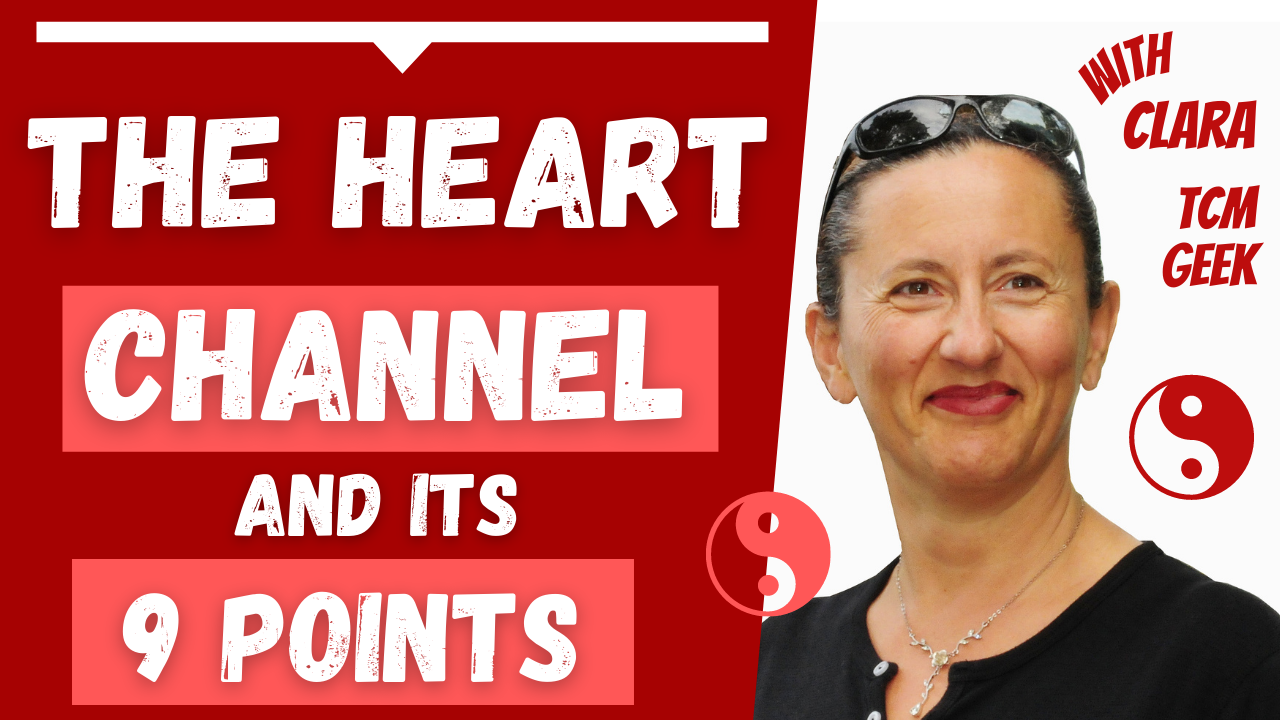
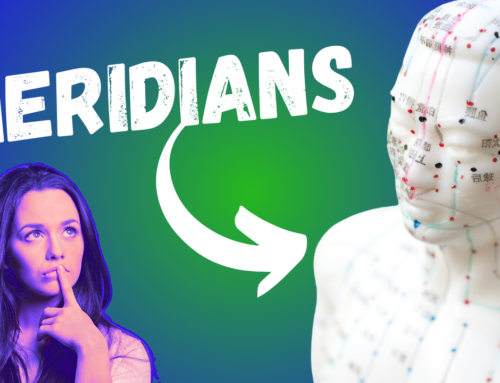
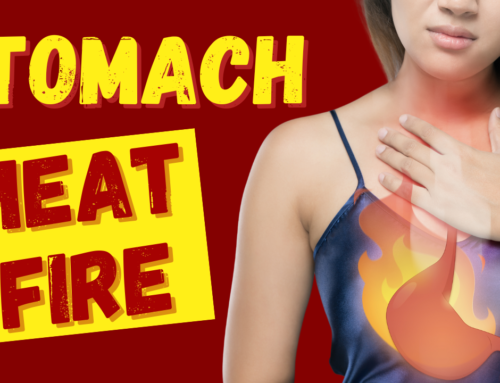
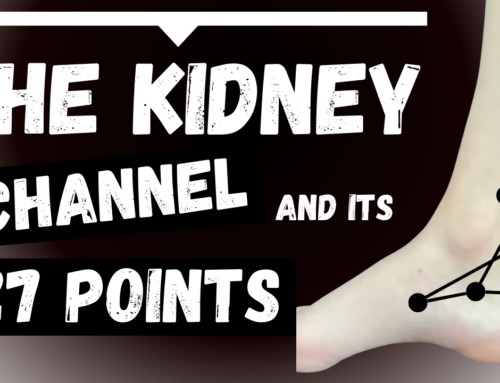

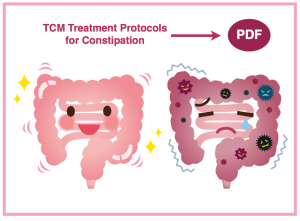
Amazing explanation….
I think you are the best…..Mrs. Clara…
Thank You Very Much…
Duo Xie….
🥰 Love this!